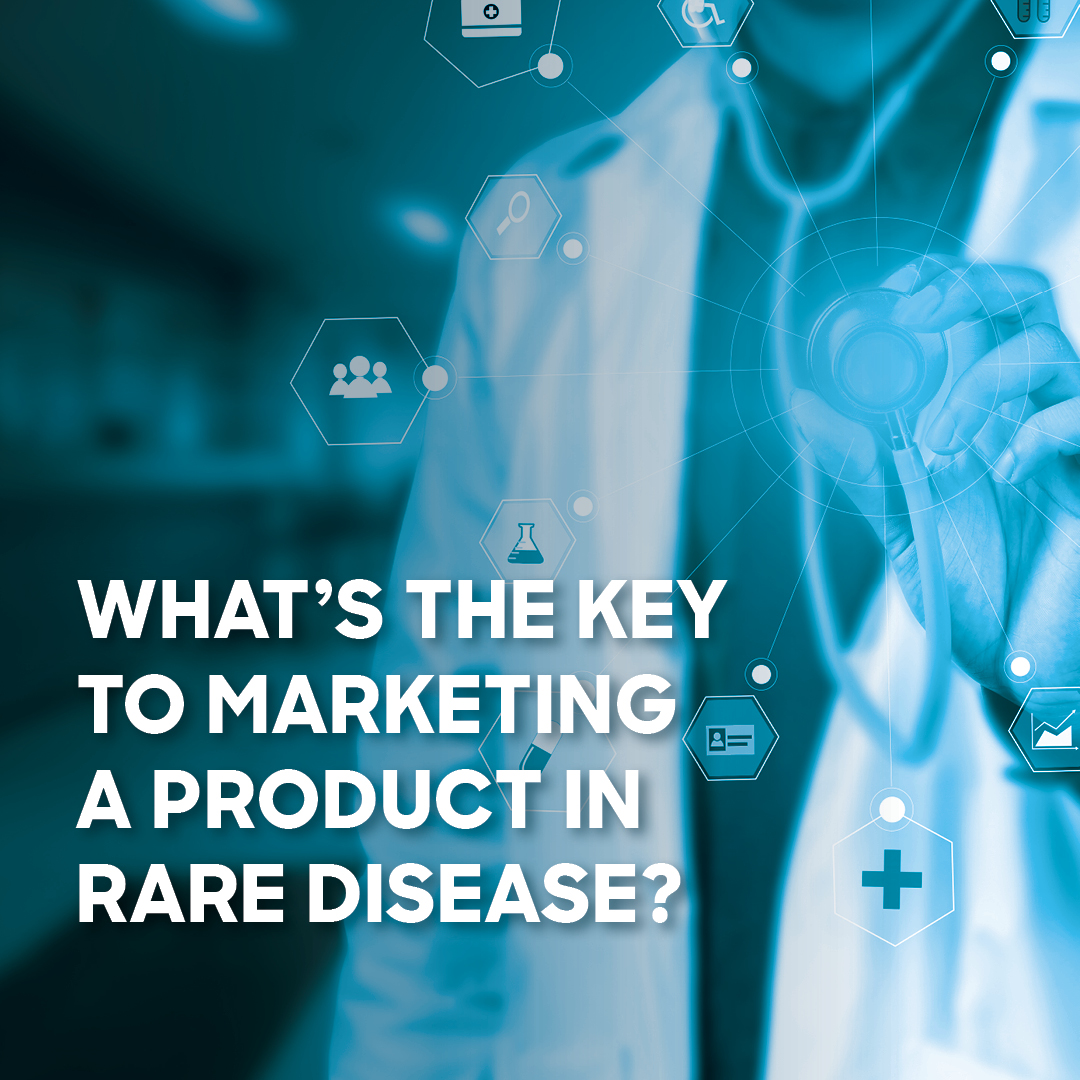
Cultivating a relationship with patient organizations in rare disease — the how and why
Market development for products within rare disease is both challenging and rewarding. Challenging because of a lack of information and historical data about the disease. Rewarding because of the opportunity to work with patient organizations, which helps develop the market insights necessary to successfully market a rare disease product.
Patient organizations not only work to support patients living with a disease but also educate the public about it. The ideal time to collaborate with a patient organization comes when the goals of both parties align—namely the need to engage patients.
These organizations can increase marketers’ understanding of the disease, the diagnosis journey, the daily challenges, and overall impact on patients. Marketers can use this knowledge to educate HCPs and payers, inform marketing initiatives, and drive positive outcomes.
To foster a healthy relationship with patient organizations, marketers must consider their needs and expectations. Patient groups will appreciate frequent communication and transparency, which can be critical to overcoming regulatory hurdles that may arise during the approval process. Ground rules on what and when to communicate should be established to produce a reliable connection and successful outcome for both parties.
The voice of the patient
There are many opportunities to engage with patients: You can hold ad boards, attend patient disease conferences, invite patients to your company headquarters, and identify patient advisors on an ongoing basis. The key to success in any of these areas is to be sincere and transparent in your objectives.
Patients and their caregivers can provide a wealth of information. Over my 30-plus-year career, I have had the most success engaging patients through patient advisory boards and at conferences. To conduct the former, working with a rotating group of patients on a biannual basis enabled us to maintain consistency and introduce new members to the team. We created a detailed agenda, provided premeeting assignments, and asked attendees which topics they prioritized. These discussions helped us shape future strategy and ongoing initiatives. It is important to act on the patients’ feedback – but not overpromise—so they know they’ve been heard.
While patient advisory boards allow for the engagement with a limited number of people in a controlled setting, conferences provide an opportunity to interact with a broader segment of the population. Following up with anyone who provides valuable input is important—especially if their ideas are used in some form—because the networking opportunity also could prove fruitful in the future.
Trust and connection
The heart of the rare disease market segment, patient organizations usually are founded by someone with the disease or a family member. Member support is key to their mission, and their members are often passionate—and rightfully so.
The beauty of engaging with these organizations is born out of a common focus: Both the pharmaceutical company and the patient organization want to serve patients and their families as effectively as possible.
Again, a successful partnership with a patient organization is contingent upon mutual respect and trust. Open dialogue often will solve conflicts and lead to the creation of a strong, mutually beneficial relationship.
– Emil Andrusko